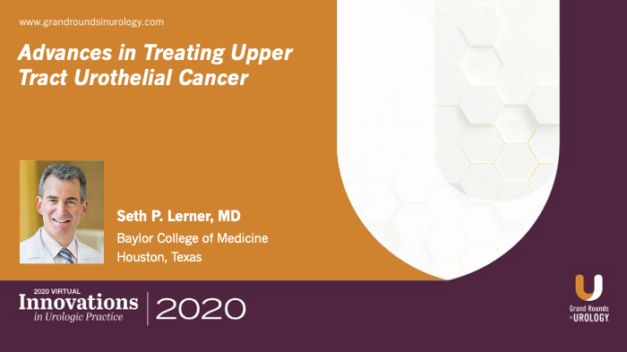Future Directions in Molecular and Multi-Modality Imaging and Theranostics of Prostate Cancer
Phillip J. Koo, MD, Division Chief of Diagnostic Imaging and Northwest Region Oncology Physician Executive at the Banner MD Anderson Cancer Center in Phoenix, Arizona, discusses the clinical, research, and educational targets that will advance nuclear medicine’s future role in prostate cancer treatment. He proposes that physicians should consider nuclear medicine the fourth pillar of a cancer specialty, not only for its role in diagnostics but also due to the increased use of radiopharmaceuticals. Dr. Koo reviews results from the TheraP and VISION trials that illustrate the efficacy of PSMA PET/CT, the current diagnostic standard in clinical care. Dr. Koo then describes how nuclear medicine clinicians and radiologists can partner with medical oncologists in clinical settings to create patient-friendly, multidisciplinary care models. This model further integrates nuclear medicine clinicians and radiologists into diagnostic and therapeutic discussions, with the aim of determining the appropriate type of therapy faster. Relatedly, he sees an opportunity for nuclear medicine physicians to lead clinical trials as principal investigators. Dr. Koo concludes with a discussion about the role of education, contending that exposing medical students and residents to nuclear medicine is key to developing a future workforce.
Read More
